Ship to: Update

Plants Filter
Current Filters
Mature Height
Sunlight
Plant Type
Others

Compact Heavenly Bamboo
Starting at $157
30% Off
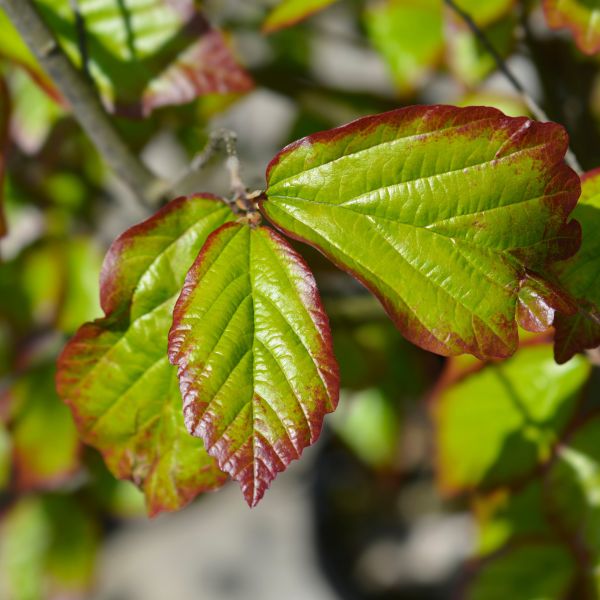
Persian Spire Persian Ironwood
Starting at $54
30% Off
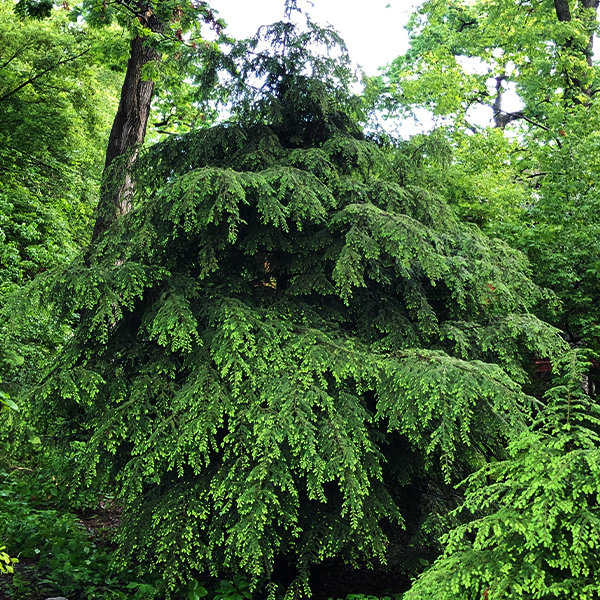
Canadian Hemlock
Out of Stock
30% Off
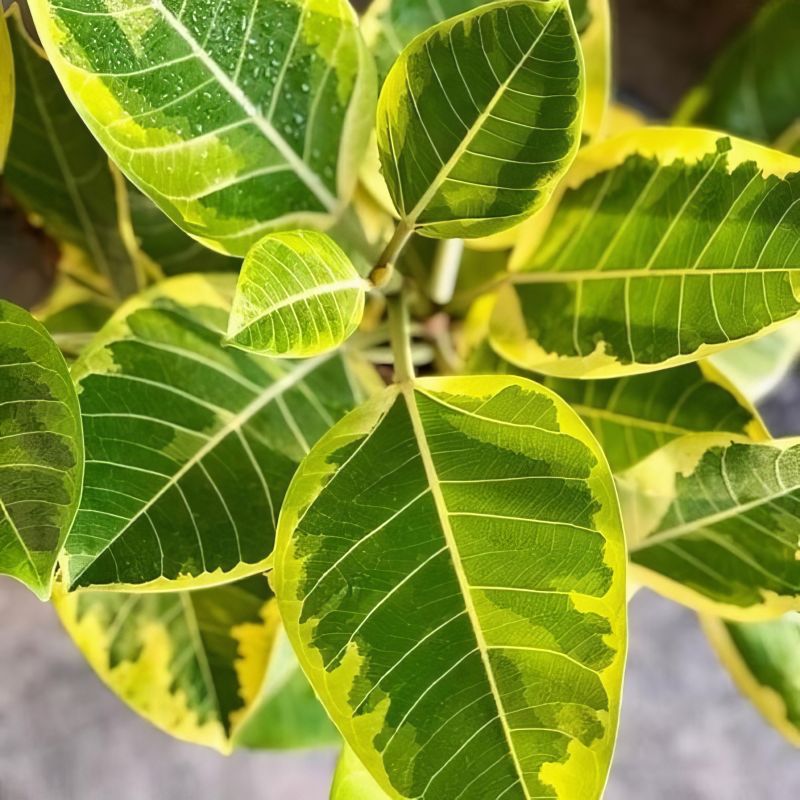
Ficus Altissima Yellow Gem
Out of Stock
30% Off
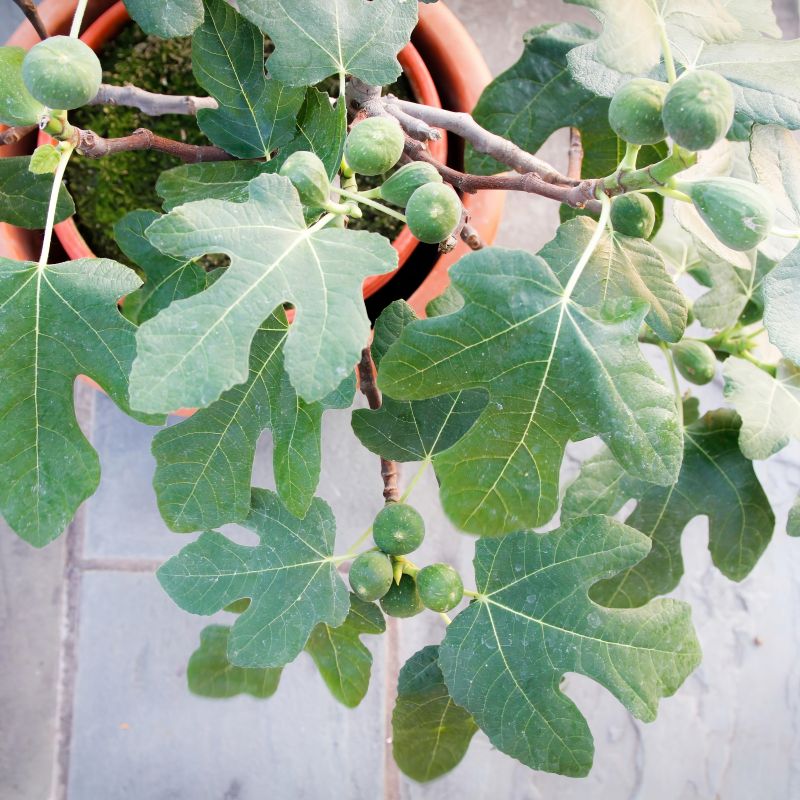
Ficus Fignoninal
Out of Stock
30% Off
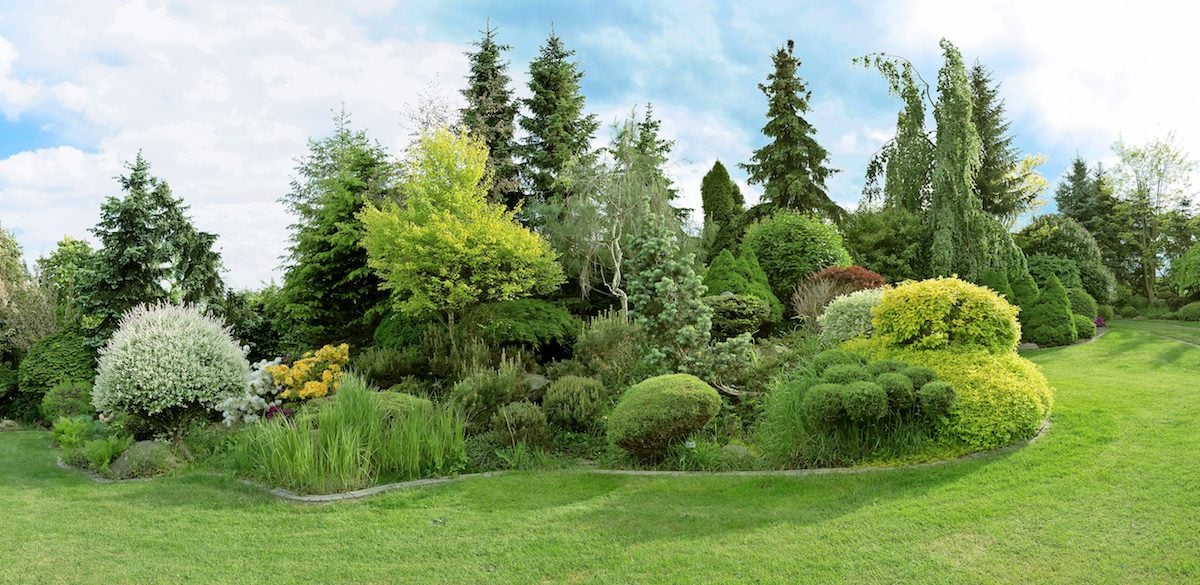
Evergreen trees are a diverse group of trees that retain their foliage and remain green throughout the entire year, even during winter. Unlike deciduous trees, which shed their leaves in the fall, evergreens have leaves or needles that can stay on the tree for multiple years before being replaced. Evergreen trees come in various shapes and sizes, and they play an essential role in maintaining greenery and providing year-round beauty in landscapes and forests.
Varieties: There are numerous species of evergreen trees, each with its unique characteristics and growth habits. Some common varieties include:
- Pine Trees (Pinus spp.): Pine trees have long needles and often produce pinecones. They are widespread in various regions and are valued for their timber and resin production.
- Spruce Trees (Picea spp.): Spruce trees have short, sharp needles and distinctive drooping branches. They are popular as Christmas trees and are used for construction and paper production.
- Fir Trees (Abies spp.): Fir trees have flat, soft needles and upright cones. They are also favored as Christmas trees and are used for their ornamental appeal.
- Cypress Trees (Cupressus spp.): Cypress trees have scale-like or feathery leaves and are often used in landscaping for their elegant appearance.
- Cedar Trees (Cedrus spp.): As mentioned earlier, cedar trees have needle-like foliage and are known for their durability and aromatic wood.
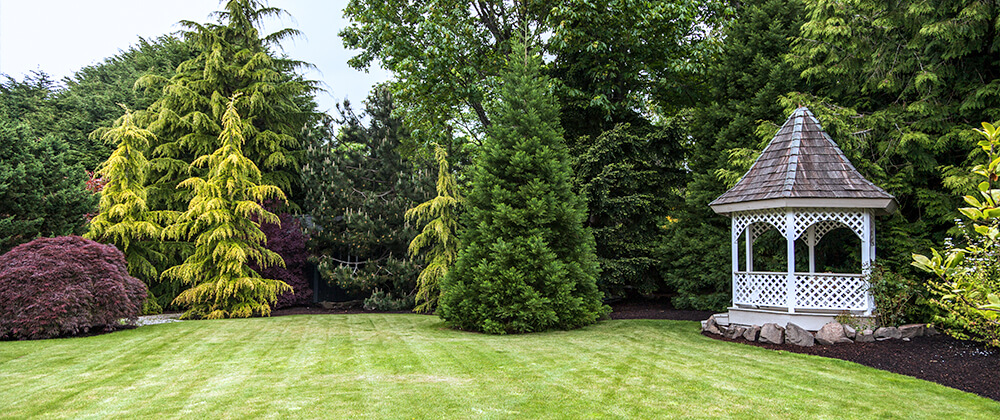
Care Tips:
- Location: Most evergreen trees prefer a location with full sun, but some varieties can tolerate partial shade.
- Soil: Provide well-draining soil that suits the specific needs of the evergreen tree species.
- Watering: Water newly planted evergreens regularly until they establish their root systems. Once established, they generally require less watering but may need additional moisture during dry periods.
- Mulching: Mulching around the base of the tree can help retain moisture and regulate soil temperature.
- Pruning: Prune evergreens selectively to maintain their shape and remove any dead or diseased branches.
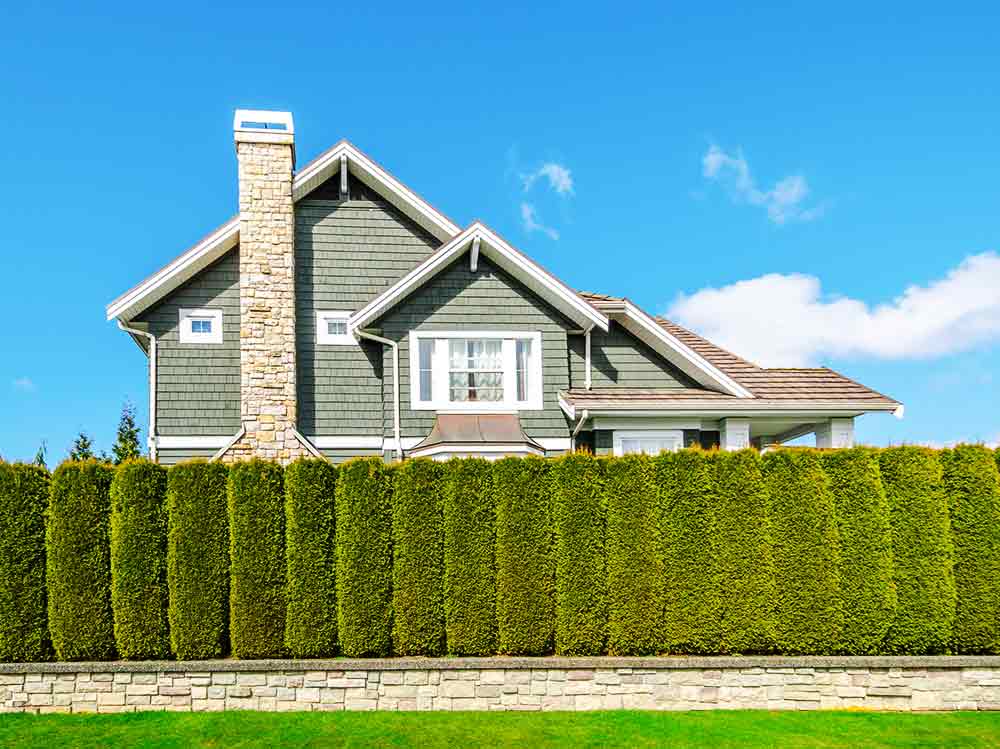
Uses:
- Landscaping: Evergreen trees are popular choices for landscaping due to their year-round foliage and the various shapes and sizes they offer.
- Privacy Screens: Tall evergreens like spruce and pine can be used to create effective privacy screens or windbreaks.
- Christmas Trees: Many evergreen species, especially fir and spruce, are favored as Christmas trees during the holiday season.
- Timber: Several evergreen trees are valuable sources of timber used in construction, furniture making, and other industries.
- Wildlife Habitat: Evergreens provide shelter and food sources for birds and wildlife, especially during harsh weather conditions.
Keep in mind that specific care requirements and uses may vary depending on the species and local climate. When choosing evergreen trees for your landscape, consider factors such as growth rate, size at maturity, and their compatibility with your region's climate and soil conditions.
Item has been added to your cart.

